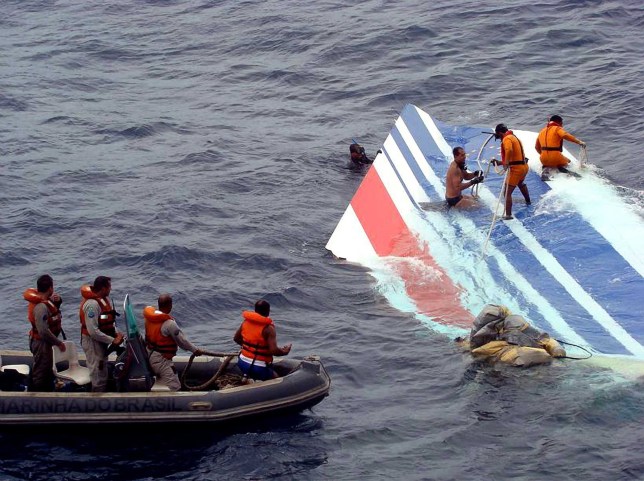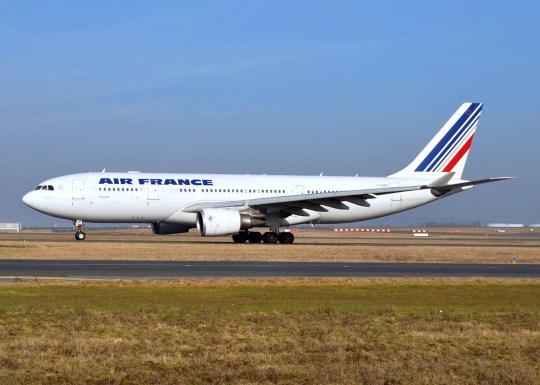
Airbus and Air France have been acquitted of involuntary manslaughter charges over the 2009 crash of Flight 447 from Rio to Paris.
The accident killed 228 people and led to lasting changes in aircraft safety measures.
Both Air France and Airbus denied involuntary manslaughter.
A French court delivered the ruling today following a two-month trial, concluding that there wasn’t sufficient evidence of a direct link between the companies’ decisions and the crash.
An official investigation found that multiple factors contributed to the crash, including pilot error and the icing over of external sensors called pitot tubes.
The A330-200 plane disappeared from radar in a storm over the Atlantic Ocean on June 1, 2009, with 216 passengers and 12 crew members aboard.
It took two years to find the plane and its black box recorders on the ocean floor, at depths of more than 13,000 feet (around 4,000 metres).

The two-month trial left families wracked with anger and disappointment, and they were seen in tears as the announcement was read out.
Even state prosecutors argued for acquittal, saying that the proceedings did not produce enough proof of criminal wrongdoing by the companies.
Prosecutors laid the responsibility primarily with the pilots, who died in the crash.
Airbus lawyers also blamed pilot error, and Air France said the full reasons for the crash will never be known.
Airbus and Air France had faced potential fines of up to 225,000 euros (£199,000) each if convicted.

Air France has already compensated families of those killed, who came from 33 different countries.
An investigation at the time found that Airbus had known since at least 2002 about problems with the type of pitot tubes used on the jet that crashed but failed to replace them until after the crash.
Air France was accused of not having implemented training in the event of icing of the pitot probes despite the risks.
Airbus was accused of not doing enough to urgently inform airlines and their crews about faults with the pitots or to ensure training to mitigate the risk.
The crash had lasting impacts on the industry, leading to changes in regulations for airspeed sensors and in how pilots are trained.




